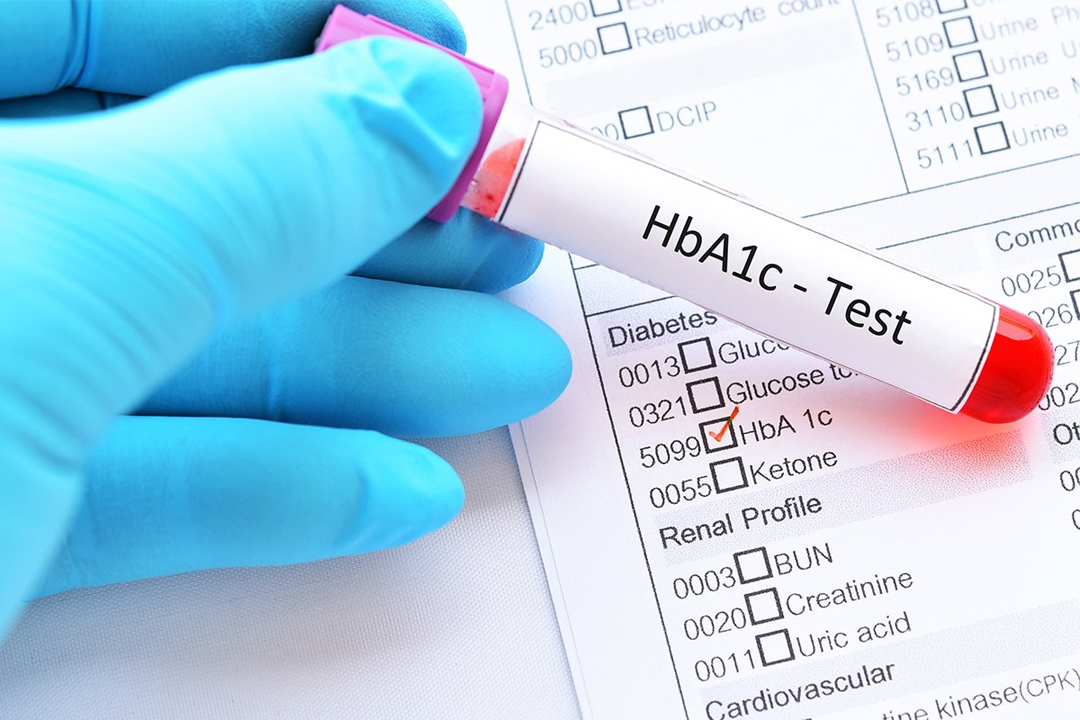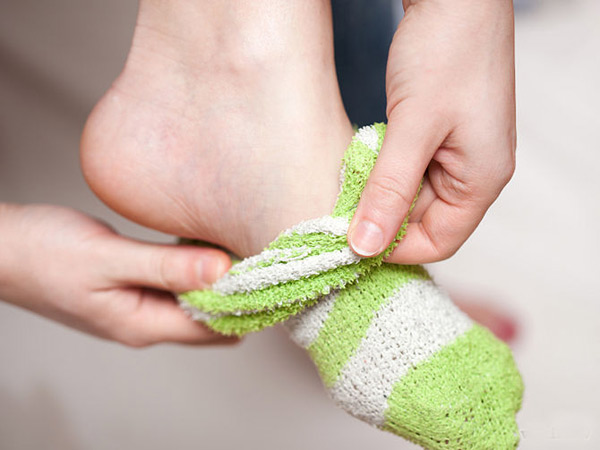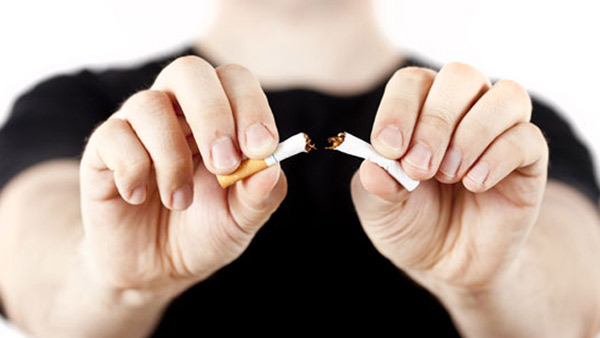
It has been observed that women who are diagnosed with Type 2 diabetes are overweight. The exact cause of this type of diabetes is unclear, but it does appear to be associated with weight gain. In fact, a sedentary lifestyle, along with poor dietary habits, popular in the culture today, is among the explanations for the dramatic increase in the numbers of women suffering with Type 2 diabetes.
The connection between diet and diabetes is that, if you eat a high-fat, high calorie diet, which a lot of us do today, you put yourself at risk for weight gain, and if you are more than 120% of your desirable body weight, in simple terms, more than 20 pounds over what you should weigh, you become more insulin resistant, you use your own insulin at less capacity than you should, and you will have higher blood sugars, which will lead to diabetes. Diabetes is on the rise, and women with diabetes have an elevated risk of heart disease and stroke.
The good news is that there are steps they can take to reduce their risk of diabetes complications. From the National Diabetes Education Program (NDEP), here are Top 10 do’s to help women with diabetes live longer, healthier lives.
#1- Do review your treatment plan with your doctor or health care provider at least once a year. Make changes if your plan is not working well.

#2- Do work with a dietician. Create a meal plan that gives you healthy choices and is just right for you. A dietician will guide you on how to exercise portion control & make healthy food choices.
#3- Do have a snack when you’re hungry. Choose something healthy (something that’s low in carbohydrates) that fits into your overall meal plan. All the starchy foods like rice and potatoes and breads and cereals get broken down into sugar in the body. If you eat them in excess, your blood sugar is going to go up, so you need to use some portion control. The real key, is portion control.

#4- Do ask your health care provider for an A1C test. A1C, short for hemoglobin A1C, is the best test to know if your blood glucose (sugar) is under control. Aim for a fasting blood sugar between 70 and 120. Before a meal, we want it less than 122, and after a meal, about an hour after a meal, we want it to be less than 180. These are actually the blood sugars that you should be aiming for, and that is actually what we call good control.
#5- Do control the ABCs of diabetes: A1C for blood glucose, B for blood pressure and C for cholesterol. That’s the key to reducing your risk of heart disease and stroke.
#6- Take care of your feet. Wear comfortable shoes that have a smooth lining, fit well and protect your them. Do have your feet, eyes and kidneys checked at least once a year. Regular check-ups help to find problems early, when they can be treated and managed well. Also, do see your dentist twice a year. Make sure he or she knows you have diabetes.

#7- Do your housework and get more than a clean house. Turn up the music, get some exercise and burn away those calories. Exercise is a really important tool, because it can help lower your blood sugars. Your muscles use sugar, glucose, as the source of energy, so it can actually lower your blood sugars. Begin after you have undergone a stress test before starting on a fitness routine. Just walking like maybe half a mile in the beginning, would be enough, then you can slowly build up from that.
#8- Do walk whenever you have the chance. Get off the bus or subway a few stops early or park at the far end of the lot. Walking is a great place to start. You don’t need any fancy equipment, you don’t need to have a special outfit or anything, what you really need is a good pair of walking shoes, and to go out and start.

#9- Do avoid smoking. Smoking doubles the damage to the body by contributing to poor blood glucose control by interfering with the timing and effects of insulin. It also raises your blood glucose level, which contributes to poor diabetes control. If not checked in time ,it can cause hardening of the arteries. This particularly affects the body’s larger arteries to the legs and brain, making amputation and strokes more likely. Although it is true that most people gain some weight when they quit smoking, for the vast majority of smokers the gain amounts to less than 10 pounds. The health benefits of quitting far outweigh the risks of a few extra pounds . Beyond fear of weight gain, the most common obstacle to quitting is the addictiveness of nicotine. Ask your doctor or nurse about ways to help you quit smoking.

#10- Do talk with family and friends about managing your diabetes. Be an inspiration with your healthy lifestyle. The mainstay in treatment of Type 2 diabetes is actually diet and exercise. Regardless what type of medicines you’re going to be on, diet and exercise are always going to be important. Your medicines are not going to work if you mess up at your diet.
For more information on diabetes care, call the National Diabetes Education Program at 1-800-438-5383 or visit the NDEP Web site
Disclaimer
The Content is not intended to be a substitute for professional medical advice, diagnosis, or treatment. Always seek the advice of your physician or other qualified health provider with any questions you may have regarding a medical condition.